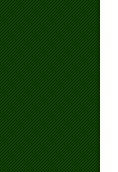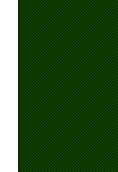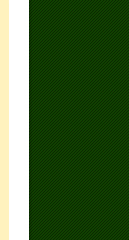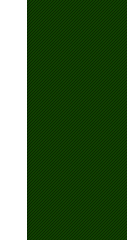FIRST NATIONS in the area of SideRoad GuideBooks
click on the bold lettering sites below to link to the website
(Much of this story is adapted from: www.greatcanadianlakes.com/Ontario/lake_ontario/culture-home)
'First Nations' is the currently accepted name for those peoples who inhabited this land before the influx of 'Old World' settlers. While contact with these settlers occurred prior to 1784, the bulk of settlement occurred after this date. The influx is still happening - with a shift in settler from the western 'Old World' to the eastern 'Old World'.
The history of the First Nations in this area began about 12 000 years ago, as the ice sheets of the most recent ice advance retreated. For the 11 000 years until 1000 C.E. there were two identifiable cultures; the Laurentian followed by the Point Peninsula. Any remains, to be viewed, from this time are in museums ... the best and biggest collection of artifacts being in the Royal Ontario Museum (the ROM), Toronto.
After about 1000 C.E an early Iroquoian culture based on maize (corn) farming developed. Farming of tobacco for smoking and sunflowers for their oil developed later. Dwellings were of the longhouse style.
Between 1300 and 1500 C.E. saw changes, which have an effect on what can be seen today. Two groups of the Iroquoian culture developed. In our area were the Huron (or Wendat / Ouendat) / Petun branch. Beans and squash become regularly farmed vegetables. This reduced the need for hunting.
It is from this time period which you can visit a reconstructed 1st Nations village at Crawford Lake (GuideBook 3), near Milton.
Between 1500 and 1650 C.E. came the first main contact with the Europeans, who were entering this part of North America through Quebec. A Jesuit (part of the Roman Catholic Church) Mission, Sainte Marie, was built near Midland (GuideBook 5) This was destroyed during wars between the Huron & Petun Nations and the Iroquois (Mohawk & Seneca) Nation which was located to the south of Lake Ontario . These terrible wars destroyed the Huron and Petun Nations. Few now remain ... some near Quebec City and some in Oklahoma.
A reconstruction of the Jesuit Mission and 1st Nation's village may be visited at Ste Marie among the Hurons. (GuideBook 5). In Midland you may also visit the Huronia Museum and Ouendat Village (GuideBook 5). You will see reconstructions of their longhouses.
After 1650 there was a vacuum ... a deserted land ...into which, moving in from the north, came an Algonkian people - the Mississauga (or Chippewa) tribe of the Ojibway Nation. They were mainly hunters and dwelt in wigwams. With this cultural change, farming decreased and hunting increased.
In a subsequent war between the Ojibway and Iroqois, the former won and retained this land until treaties surrendered much of it for settlement in the 19th Century.
However, the story of 1st Nation settlement was not over, for during the American Revolution the Six Nations of the Iroquois Confederacy had supported the Crown. As such they were also to flee with the other Loyalists in 1783, at the end of the war. Some were given land along the Grand River, south east of Hamilton, while others were given land along the Bay of Quinte, near Belleville.
In the area of the GuideBooks there are several 1st Nation Reserves:
Chippewa of Beausoleil (Christian Island, Georgian Bay) IR 30
Wahta Mohawks of Gibson (near Bala, Muskoka) IR 31
- relocated from Quebec with this reserve being established in 1881.
Chippewa of Rama (near Orillia) IR 32
Chippewa of Georgina Island (Lake Simcoe) IR 33
Mississauga of Scugog (Port Perry, Lake Scugog) IR 34
Mississauga of Curve Lake (near Buckhorn, Kawarthas) IR 35
















